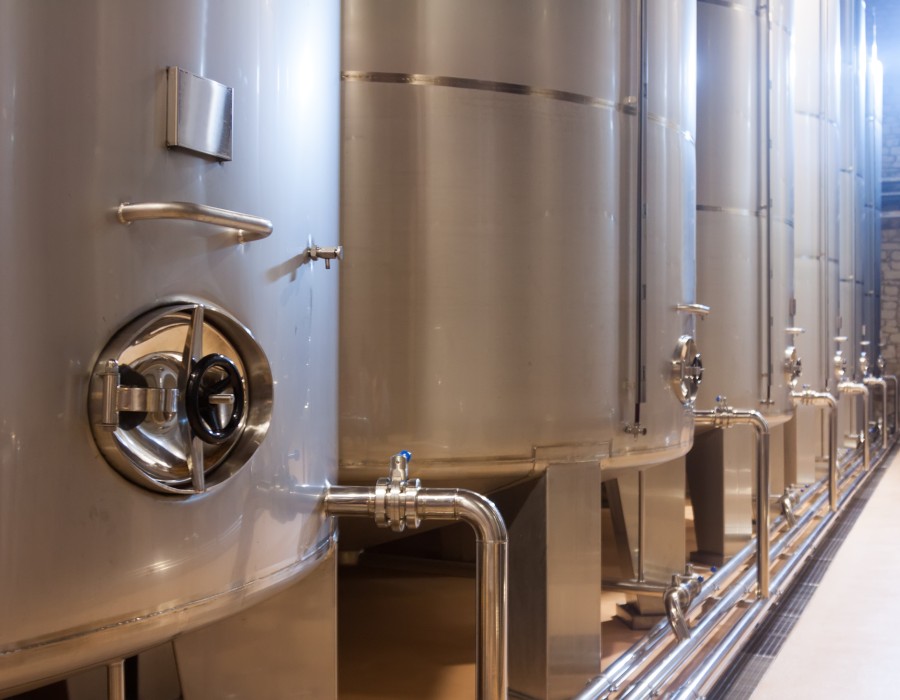The rising concerns over environmental sustainability are changing the course of action for many industries. The use of Ethanol Blended Petrol is one such change that has a positive impact on the environment. However, this miraculous blend is not typically accepted the way it should be. This article clarifies some common myths about EBP.
Myth 1 – Ethanol is bad for cars and will damage engines.
This is a completely false statement. The truth is that ethanol-blended fuel can improve engine performance. The blended fuel (E10, E20, etc.) irrespective of its composition, increases octane number and enhance engine efficiency. The engines that are properly calibrated can handle ethanol without issues. The automotive industry is embracing the use of renewable energy in modern cars.
Myth 2 – Ethanol Reduces Fuel Economy Significantly
Ethanol has slightly lower energy content when compared with petrol. It can result in a marginal reduction in mileage. The reduction can typically be around 3-4% for E10. However, this difference is often overstated. The fuel economy change is barely noticeable for most consumers. One may not even feel the change in daily driving conditions. Ethanol is a domestically produced fuel that is often cheaper than imported crude oil. It can create the overall cost savings that can offset the minor drop in mileage.
Myth 3 – Ethanol Production Threatens India’s Food Security
Ethanol in India is mainly produced from sugarcane. Some Indian alcohol companies use damaged food grains, maize, and other non-edible feedstocks. The government actively introduces safeguard policies to prioritise food security. It also encourages such companies to explore the diversification of feedstocks. This means the EBP programme does not compete with the food supply. It instead adds value to agricultural waste and takes the baton of zero waste ahead.
Myth 4 - Ethanol Blending Doesn’t Help the Environment
Ethanol is a cleaner-burning fuel. It significantly reduces carbon monoxide and hydrocarbon. It also cuts particulate emissions. Ethanol blending contributes to lower air pollution levels with high vehicular density. Lifecycle greenhouse gas emissions from ethanol can be up to 40-50% lower. This shift can have a major impact on India’s carbon reduction goals under the Paris Agreement.
Myth 5 - Ethanol Blending is Just a Temporary Fix
Ethanol blending is part of a long-term transition to cleaner fuels. EBP serves as an immediate and scalable solution to decarbonise the transport sector while India explores electric mobility and hydrogen energy. It currently accounts for over 20% of India’s total energy consumption. Ethanol can work in coordination with other technologies. They can create a diversified and resilient energy ecosystem. It also helps reduce India's reliance on volatile global oil markets.
Myth 6 – India Can’t Produce Enough Ethanol Sustainably
India has significantly ramped up ethanol production capacity in recent years. The government is introducing supportive policies such as interest subvention schemes for alcohol distillery. They are also encouraging flexibility in raw materials. This is why the production is expected to meet the demand for E20 blending by 2025. As per the government data, India has successfully achieved the goal of 20% blending before its original target time.
Myth 7 – Ethanol blending is not environmentally friendly.
Ethanol is a renewable fuel source. It is procured from biomass, like sugarcane in India. The blending of ethanol with petrol can reduce emissions. It can be a bigger tool in improving air quality. EBP is also believed to be a major contributor in the sustainable drive for the transportation sector.
Conclusion
The above myths have an adverse impact on the goal of the government to promote the use of ethanol. EBP is an environment-friendly biofuel, and the government is supporting the Indian alcohol companies to boost the manufacturing of this biofuel.





Comments